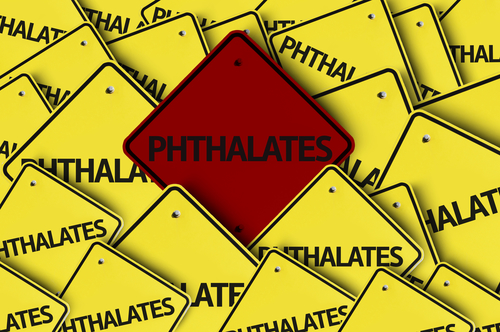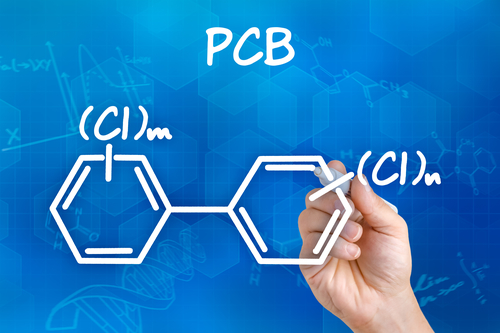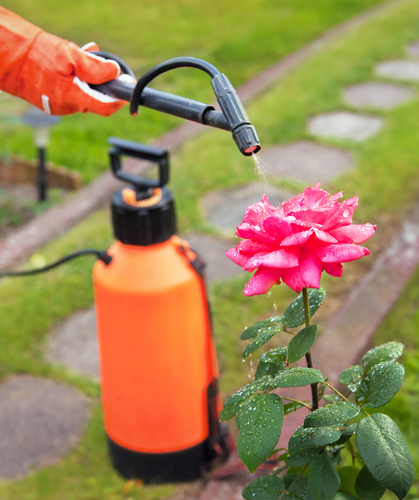Pets occupy a special place in our lives and hold a remarkable power to keep us happy, healthy, and active. Our four-legged friends are so much more than just amusing companions. They are family, fulfilling such roles as guardian, snuggle pal, best friend, and even child and therapist!
Since we share the same environment as our pets, we need to know that they can sometimes serve as an early warning for health risks and chemical exposures. No wonder animals, such as canaries, are placed at work sites (in case of canaries, it is the coal mine) to identify human health risks, such as sensitivity to carbon monoxide! In Minamata (Japan), cats were the first to become sick from consuming contaminated fish, before the human populace did. Many times, animals are the front line of defense inside the home and are the first to come in contact with harmful contaminants and pollutants, since they have significantly more contact with house dust, floor surfaces and tend to ingest these pollutants. Based on the fact that their metabolism is faster than ours, they exhibit symptoms sooner than humans.
Taking for granted that the home’s air pollution can be up to 5 times higher than it is outside the home, let’s take a look at the worst offenders hiding inside our homes, when it comes to toxic chemicals, which can cause out loved pets get ill. That way, we can make sure we provide them a safe and healthy environment to live in!
Perfluorochemicals (PFCs)
These are used to make stuff resistant to water, heat, stains, grease, and oil. Among the most notable trademarked PFCS and the most commonly applied to clothing, carpets, food packaging, furniture, adhesives, and dental floss is Teflon. Studies have shown that most people have PFCs in their blood that cause development delays, liver disease, thyroid disease, increased cholesterol, and more, and it takes more than 2 years to reduce the levels of PFCs by half.
Surprisingly, a study conducted by the EWG (Environmental working Group) found three times higher PFCs in the blood of dogs than in humans, damaging their pancreas, liver, and other organs.
How to Tackle this Issue:
- Filter your water – use an activated carbon filter to remove PFCs from your water supply.
- Avoid packaged foods – Pizza boxes, fast food wrappers, dog food bags, and popcorn bags are usually coated in PFC so be mindful when using them.
- Use stainless steel or cast-iron skillets instead of non-stick cookware.
- Look out for brand names that contain PFCs. Check out the product’s ingredients and stay away from anything with “fluoro”, “perfluoro”, and “PTFE” listed.
- Choose natural fibers (i.e wool or cotton) and avoid stain- and water-resistant materials (i.e. pet beds, furniture, carpets, etc.).
Phthalates
Phthalates are mainly used to make products more flexible and much softer. There is no doubt that you have measurable amounts of them in your body since they can be found in anything from plastics (plastic wrap, vinyl flooring, shower curtains, medication capsules) to personal care products (moisturizers, shampoos, perfume, soap, nail polish). Based on viewpoints expressed in the National Toxicology Program, phthalates are linked to cancer, birth defects, reproductive issues, and hormone disruptions, although more research is required.
In 1999, the Congress banned 3 types of phthalates (BBP, DBP, and DEHP) from the toy manufacturing industry to protect children, and the same applies to child care products meant for teething, feeding, and sleeping.
When it comes to our pets, and considering that there are no government regulations regarding the use of phthalates on pet toys, such as chew toys, it has been found that dog urine has increased levels of DEHP, DBP, and BBP (much higher than in humans). This can be attributed to the fact that dogs like to chew their plastic toys. Over time, wear and tear allows more of the toxins to invade their mouth.
How to Tackle this Issue:
Purchase pet-safe toys. Look for retailers that supply phthalate- and BPA-free pet toys.
- Choose certified organic foods because many pesticides also have phthalates.
- Mind your food storing – Replace plastic containers with stainless steel or glass. Needless to say, never microwave food that is in a plastic container.
- Prefer naturally scented products (with essential oils). Most of the time, products labeled with perfume or fragrance contain phthalates.
- Always choose products with recycling codes 1,2 or 5 and stay away from codes 3 and 7 because they most likely contain phthalates.
- Anything with “phth” in its ingredients should be avoided (i.e. diethyl phthalate (DEP), phthalic glycols, dibutyl phthalate (DBP), phthalic anhydride, 2-ethylhexyl phthalate (DEHP), phthalic acid).
Flame Retardant Chemicals
Chemical fire retardants are added to building materials, home furnishings, electronics, and textiles and have been around for decades. Sadly, it is not yet proven that they actually provide sufficient protection in case of fire. On the contrary, it has been evidenced that they make fire fumes more toxic, causing health issues to humans, such as thyroid hormone disruption, cancer, and permanent brain damage, and also stress the environment.
Polychlorinated biphenyls (PCBs) and polybrominated diphenyl ethers (PBDEs) are both major environmental pollutants and although the first was banned in 1977 when linked to cancer-causing, we can still find them in electrical appliances and lighting fixtures that are more than 30 years old, entering the soil, water, and air, and in a broad array of consumer goods as an additive.
A study has shown that cats fare much worse than dogs and humans and while the total PBDEs in dogs measured 113 ng/g lipid weight in blood serum (42.1 ng/g in humans), cats averaged a stunning 968 ng/g!
You and your pet can get exposed to PBDE when consuming contaminated seafood and inhale house dust.
How to Tackle this Issue:
- Purchase flame retardant-free furnishings and opt for padding or cushioning that uses natural materials, such as cotton and wool, as well as polyester.
- Use a vacuum that has an HEPA filter because they filter almost 100% of airborne dust particles, which is where flame retardant chemicals are mainly found.
- If your furniture has a “TB 117” or “Technical Bulletin 117” label, then you have got chemicals. Since early this year, a new law allowed manufacturers to produce flame-retardant-free goods. These are labeled “TB 117-2013”.
- Get to know the most common flame retardant chemicals and ask if they are present in what you are about to buy.
Pesticides
Chemical pesticides may kill insects and weeds, but they have also been linked to neurological deficits, cancer, hormone disruption, and reproductive issues in humans. The fact that they have been found in groundwater, wells, rain, and streams cannot be good news for both us and amphibian/fish/bird/bee populations. Since pets are usually the first to come into contact with a freshly treated lawn or garden, they get exposed to the dangerous chemicals by eating grasses that have been treated, inhaling, and ingesting it (i.e. when they lick their paws). Researchers found that 90% of dogs tested had pesticides in their urine and were in serious risk of developing bladder cancer. That aside, when the exposed pet enters the home, they transfer the chemicals indoors, increasing the exposure to chemicals for the household.
Note: Chemicals can air-travel up to 50 feet so even if you haven’t treated your garden with pesticides, a neighbor could and you will end up with chemicals in your back yard.
Another major problem is the cases of pet poisoning from tick and flea medications. Although one would expect these insecticides available on the market in the form of topical treatments, collars, and shampoos to be pet safe, they are far from that. Unfortunately, many of the chemical ingredients contained in these treatments are most likely carcinogens (i.e. organophosphates, pyrethroids, and carbamates) and can even lead to death.
How to Tackle this Issue:
- Choose natural treatments to fight garden pests and weeds, and fleas and insects.
- Always clean the paws of your pet meticulously, especially if it is free-ranging.
- Talk to your neighbors to find alternative, chemical-free ways to treat lawns and gardens.
Here are also some tips about how to keep your house clean (when you have pets), as well as bits and pieces about germ paradises around your home!



